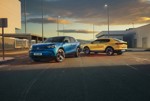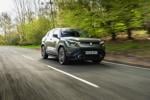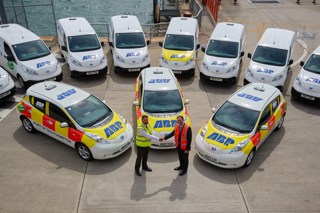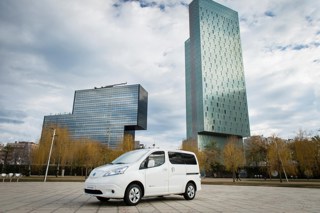Review
The electric success of the Nissan e-NV200 Acenta makes other manufacturers sit up and take notice, first drive reveals.
Developing an electric vehicle poses different challenges compared with those that have internal combustion engines (ICEs).
If, say, a car is in development for four years before reaching production, imagine how much battery technology could improve in that time.
The Nissan NV200 made its debut around the turn of the decade and the electric version arrived in 2014, three years after the introduction of the manufacturer’s EV car, the Leaf.
While the Leaf received a battery upgrade in 2015, the e-NV200 continued with its original energy storage unit.
Perhaps Nissan felt there was no need to change. The e-NV200 had, after all, dominated the electric van niche in the UK since its launch.
Indeed, such has been the e-NV200’s success that rival makers with stronger diesel offerings are looking more carefully at the zero-emission sector.
Nissan believes businesses are key in driving sales of zero-emission vehicles, pointing to the ability to reduce emissions and noise when delivering or collecting goods.
There is often talk of electrifying the ‘last mile’ of deliveries, and the new e-NV200 is more capable of covering longer routes in this process.
Now, electric vehicles in the Renault-Nissan alliance are gradually upgrading to 40kWh batteries.
For the e-NV200, the new battery chemistry results in an NEDC range of up to 174 miles, while Nissan has also produced figures of 188 miles under the new WLTP system for official fuel economy when driving in a city.
This increased range has been achieved with no increase in battery size, so the packaging of the van remains the same.
And Nissan is now talking positively about bi-directional charging, where idle vans with excess battery capacity can feed energy back into the local grid.
There are two body options – a two-seater van or a five- or seven-seat van-derived car.
The van has a 4.2 cu m cargo area, able to accommodate two Euro pallets, and it has a maximum payload of 662kg.
It has a pair of sliding side doors, as well as wide-opening rear doors. The passenger seat can also be folded forward to create a temporary desk.
Businesses might also be interested in the Evalia passenger version for taxi duties, as it’s currently the only fully electric seven-seater on sale in Europe.
Dependent on the grade chosen, the e-NV200 includes a reversing camera, Bluetooth connectivity, and sat-nav – the latter is enhanced compared with the previous version.
The NissanConnect EV app is available on smartphone, tablet or computer, and can track the vehicle and log driver reports.
Information on battery charge levels is available, and it can be used to start charging or set the vehicle’s climate control in time for departure.
The e-NV200 is a pleasant drive, with silent running and strong acceleration, and for those with the ability to run electric vehicles, it makes a strong case for itself.
Verdict
While the shape hasn’t changed, the e-NV200’s longer range makes it a more appealing prospect and could even be a tipping point to persuade more businesses to take the leap into running electric vans.



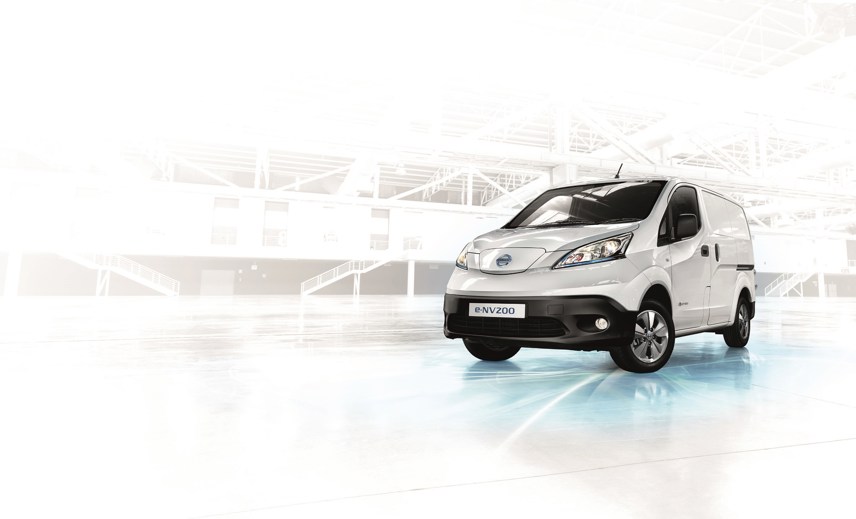
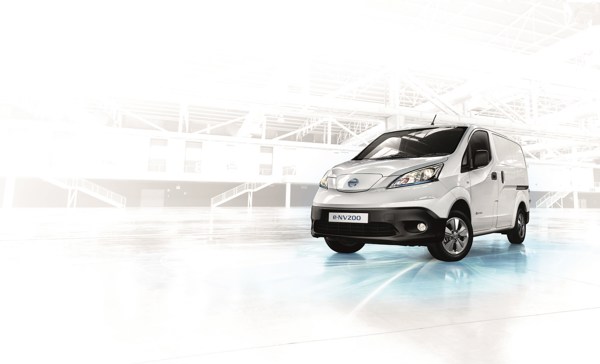
 Diesel
Diesel
 Petrol
Petrol


